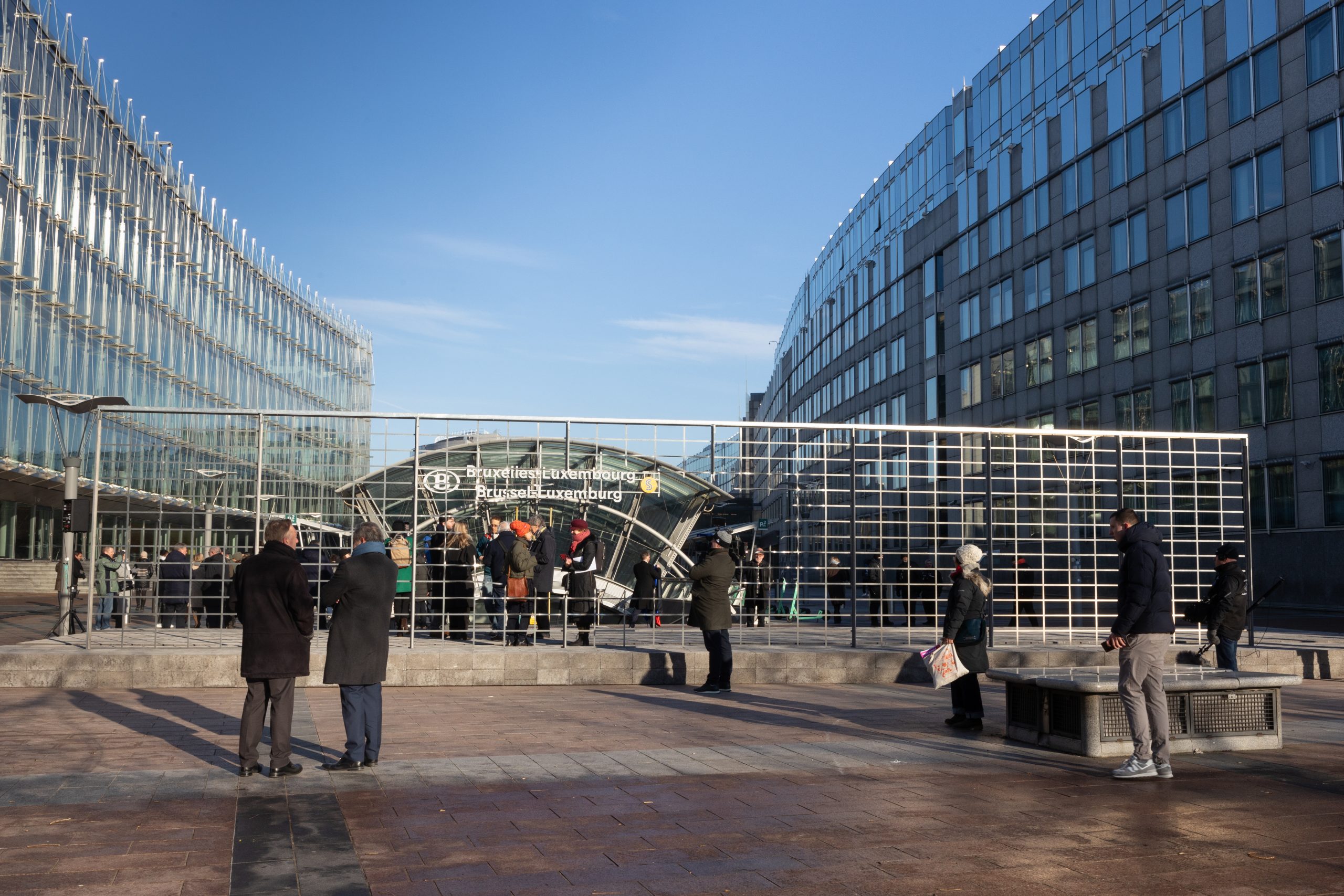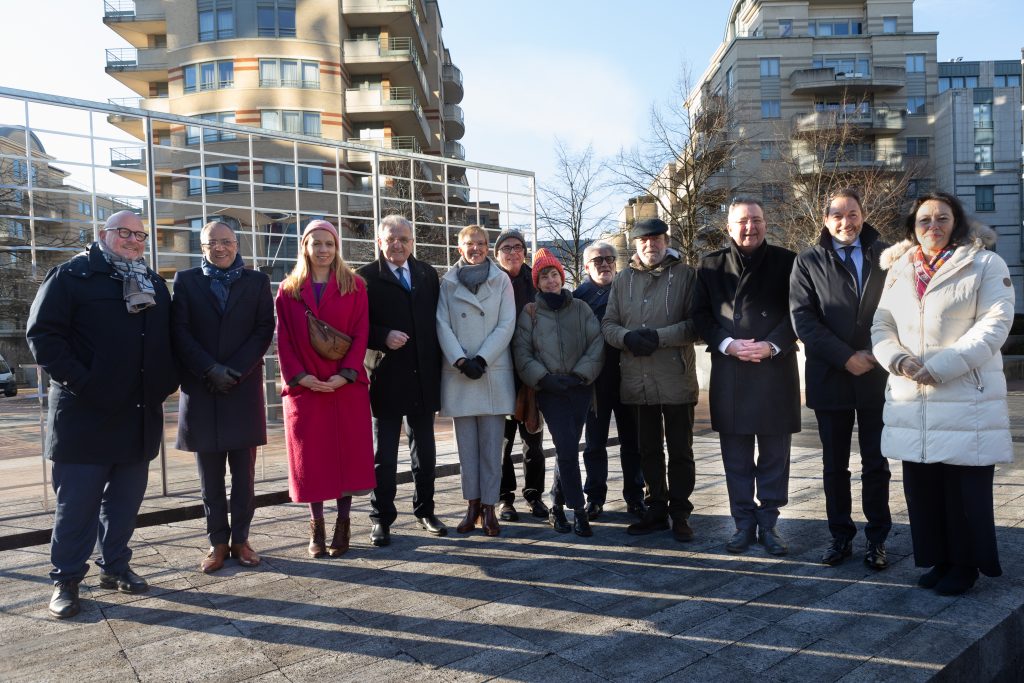L’Aire d’un Souffle
The Artists' Parliament is an exhibition project in the public space, specifically on the Solidarność Esplanade in front of the European Parliament, on the occasion of the rotating presidencies of the Council of the European Union.
This is a joint initiative of the Brussels Commissioner for Europe and International Organisations and the European Parliament. Together, they have worked to create a new space for public art at the heart of European democracy, welcoming to the Brussels landscape the vibrant diversity of contemporary art across Europe. This series of open-air exhibitions will feature artists from the country holding the Presidency of the Council of the European Union. Belgium will be followed by Hungary, Poland and Denmark, with which preliminary contacts have been established. These installations will be seen by thousands of workers, residents and visitors who go through the European quarter of Brussels daily.
Acclaimed Belgian (and indeed from Brussels) artists Ann Veronica Janssens and Michel François were selected to create the inaugural work for this initiative. The duo represented Belgium at the Venice Biennale in 1999 and now showcases their work all over the world. Unveiled on 10 January, the installation “L’Aire d’un Souffle” is set to remain in place for nearly six months, open to visitors 24 hours a day.
The inauguration included conversations with the artists and exhibition curators, an official ceremony attended by European and Brussels decision-makers, including European Parliament Vice-President Rainer Wieland and Minister-President Rudi Vervoort, and a vernissage that welcomed an engaged audience from the world of art and culture. This new work was unveiled in the presence of Brussels Secretary of State Ans Persoons and Brussels Commissioner for Europe Alain Hutchinson.

The esplanade in front of the European Parliament is criss-crossed by a long aluminium grid with a hole in the middle, its silvery surface echoing the breeze-block floor beneath. The public can take ownership of the work by walking through it, making it a welcoming place to sit or walk on. Beyond its aesthetic appeal, the work is also an opportunity to decipher the symbolism of Europe, representing the dismantling of barriers and the free movement of people, but also a fractured world of borders, obstacles and separations, with a possible way out.



